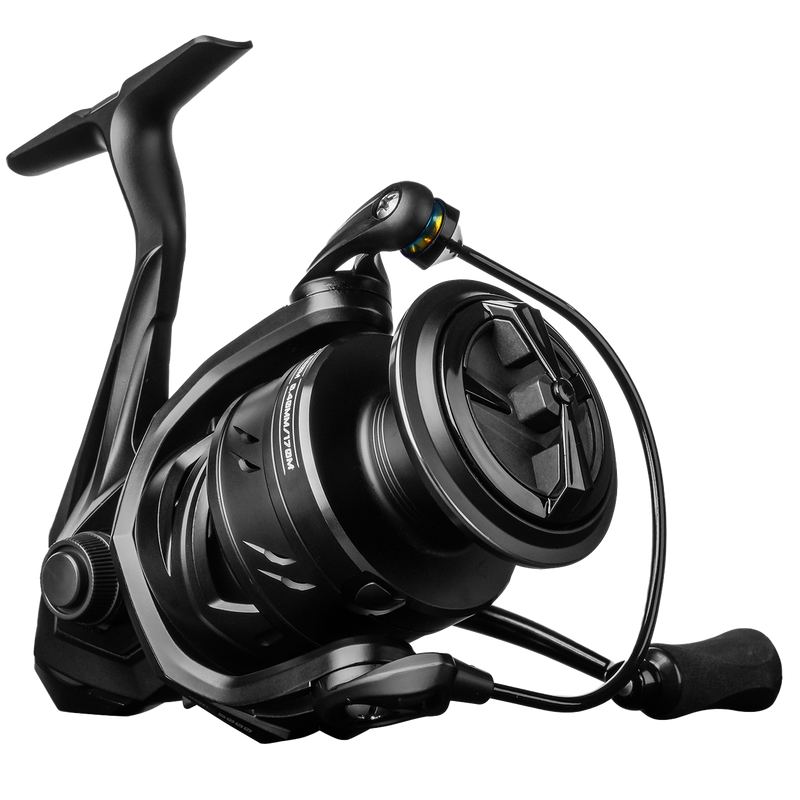Unlock the Secrets to Keeping Your Fishing Reels in Top Shape!
Fishing reels are the heart of any angler’s setup, serving as a crucial link between you and the fish. Proper maintenance of your fishing reel is paramount to ensure optimal performance and longevity. Neglecting this essential task can lead to a myriad of issues, such as decreased casting distance, tangled lines, and even complete reel failure. I remember a trip with my friend Mike, who was excited to show off his new reel but ended up frustrated when it malfunctioned due to poor maintenance. This experience highlighted the importance of regular upkeep. In this article, we will explore practical tips and steps to help you keep your fishing reels in top shape, ensuring a smooth and enjoyable fishing experience.

Understanding Your Fishing Reel
To effectively maintain your fishing reel, it’s essential to understand its components and functions. A fishing reel typically consists of various parts, including the spool, drag system, bail, handle, and gear train. Each component plays a vital role in the reel's overall function. For instance, the spool holds the fishing line, while the drag system helps control the tension when a fish is hooked. There are several types of fishing reels, including spinning reels, baitcasting reels, and spinning reels, each with unique maintenance needs. Spinning reels may require more frequent cleaning due to their exposure to sand and salt, while baitcasting reels might need more attention to the braking system. By familiarizing yourself with your specific reel type, you can tailor your maintenance practices accordingly.
Essential Maintenance Steps
To keep your fishing reels performing at their best, it is crucial to follow key maintenance practices regularly. These include cleaning, lubrication, and inspection. Here’s a step-by-step guide to help you perform each task effectively. First, start with cleaning your reel after every fishing trip. Use fresh water to rinse off any salt, dirt, or debris, especially if you’ve been fishing in saltwater. Next, inspect the reel for any visible signs of wear or damage. This includes checking the line for frays, the drag system for smooth operation, and the bail for proper function. Finally, lubrication is essential for smooth operation; apply a few drops of the appropriate lubricant to the moving parts, ensuring you do not over-lubricate, which can attract dirt and grime. By incorporating these steps into your routine, you can significantly extend the life of your reel.
Cleaning Your Fishing Reel
Cleaning your fishing reel is a critical part of maintenance, especially after a long day on the water. For freshwater fishing, a simple rinse with clean water will often suffice. However, if you’ve been fishing in saltwater, it’s crucial to clean your reel more thoroughly to prevent corrosion. Use a soft brush or cloth to remove any sand, salt, or residue from the reel's components. It's also helpful to have a dedicated cleaning kit that includes a soft cloth, a small brush, and a degreaser specifically designed for fishing gear. After cleaning, allow the reel to air dry completely before applying any lubricants or storing it away.
Lubrication Techniques
Lubrication is key to maintaining the performance of your fishing reel. It minimizes friction and wear on the moving parts, allowing for smoother operation. It’s recommended to use a high-quality reel oil or grease specifically designed for fishing reels. When applying lubricant, focus on key areas such as the gear train, bearings, and any moving parts. A drop or two is usually sufficient; over-lubricating can cause oil to seep into places it shouldn’t, attracting dirt and debris. My friend Sarah once over-lubricated her reel, which led to a sticky mess that required a complete disassembly to clean. Therefore, it’s crucial to be cautious and methodical during this step.
Common Issues and Troubleshooting
Understanding common issues with fishing reels can save anglers a lot of frustration. Some frequent problems include line tangling, sticking drags, and unusual noises. Line tangling often occurs due to improper spooling or lack of maintenance; regularly checking and re-spooling your line can help prevent this. A sticking drag system can usually be resolved by cleaning and lubricating the drag components. If you hear unusual noises while reeling, it may indicate dirt buildup or lack of lubrication. Regular maintenance not only helps prevent these issues but also allows you to identify them early, ensuring your fishing trips remain enjoyable and productive.
Maintaining Your Fishing Reel for Enhanced Performance
In summary, maintaining your fishing reel is essential for ensuring its longevity and optimal performance. By understanding the components of your reel, following essential maintenance steps such as cleaning, lubrication, and regular inspections, you can avoid common issues and enhance your fishing experience. Whether you’re a seasoned angler or a beginner, taking the time to care for your fishing reel will pay off in the long run, allowing you to focus more on enjoying your time on the water and less on dealing with equipment failures. So, grab your tools and give your fishing reel the care it deserves—you'll be glad you did!








